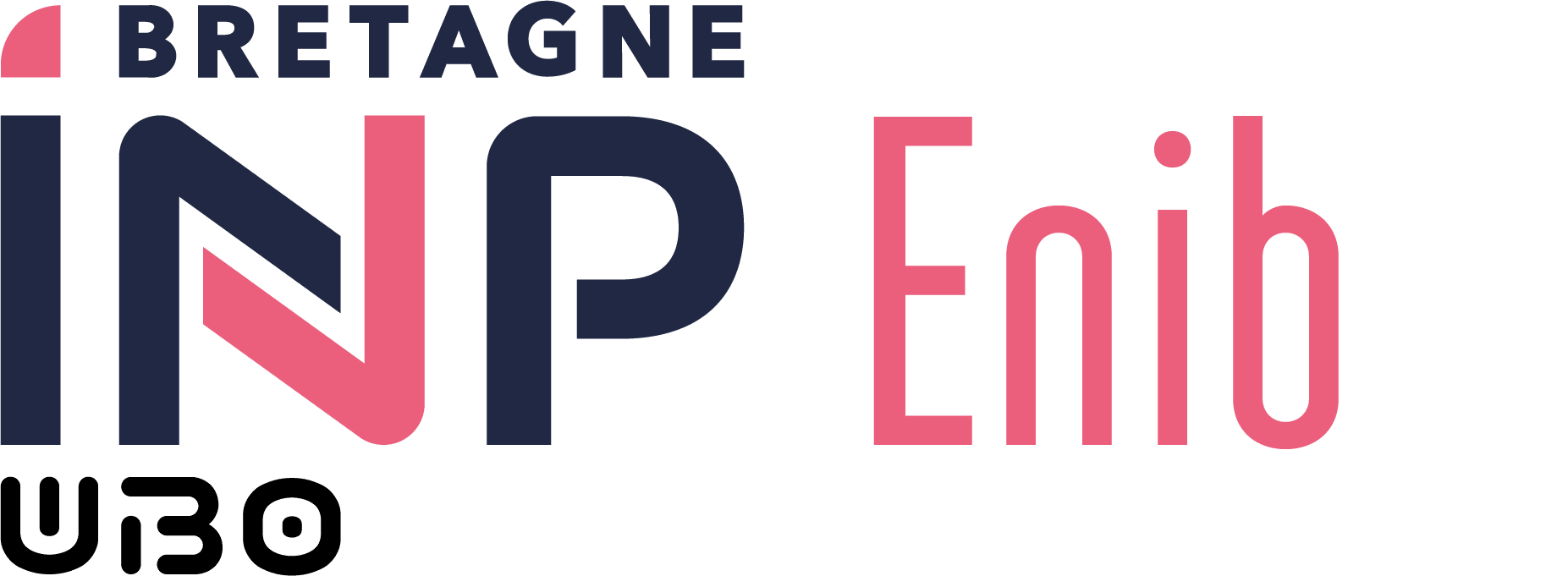Relational databases (03_XDBDD)
- Coefficient : 2.5
- Hourly Volume: 50.0h (including 27.0h supervised)
- Labo : 27h supervised (and 4.5h unsupervised)
- Out-of-schedule personal work : 18.5h
AATs Lists
Description
The program is structured into 4 capitalizable objectives:
- database query
- relational calculus and algebra
- building query trees
- database modeling according to the following steps:
- learning SQL Language
- describe and structure data (DDL)
- manipulate relational data (DML)
- master writing SQL queries to search for information
- search for information:
- represent the set of information to be searched for in relational computing
- describe the sequence of operations in relational algebra
- build and optimize the corresponding query tree
- database modeling:
- study functional dependencies between information
- understand relational database normalization issues
- model databases respecting the first three normal forms
- database management
- create and manipulate databases with the SQlite Relational DBMS
- communicate in client/server mode with the PostgreSQL Relational DBMS
- program stored procedures in PostgreSQL (PL/pgSQL)
Learning Outcomes AAv (AAv)
AAv1 [heures: 9, A1] : At the end of the BDR training, students know how to SPECIFY in a formal manner (relational calculation and algebra, query tree) a query corresponding to a search for information (expressed in French) on a known database.
AAv2 [heures: 16, D1] : At the end of the BDR training, students know how to TRANSLATE into SQL language a search for information (expressed formally) on a known database regardless of the information present in the base.
AAv3 [heures: 16, A1,C1] : At the end of the BDR training, based on needs expressed by a client, students know how to DESIGN in a structured way a relational database satisfying these needs. This design will be based on the formalisms seen in class (Entity-Association, UML).
AAv4 [heures: 9, D1] : At the end of the BDR training, students are able to TRANSLATE a database model into SQL language and exploit it by executing queries corresponding to use cases expressed by a customer.
Assessment methods
Weighted average of two grades:
- a grade for several continuous assessments
- a grade for a project completed during lab sessions
Key Words
Relational calculus and relational algebra, Relational DBMS, SQL, SQLite, PostgreSQL
Prerequisites
Mathematical notions of sets and basics of logic
Resources
ENIBOOK : http://www.enib.fr/enibook/si Laurent Audibert : "Bases de données : de la modélisation au SQL" Ellipses (2009) Jean-Luc Hainaut : "Bases de données : concepts, utilisation et développement" (2015)
